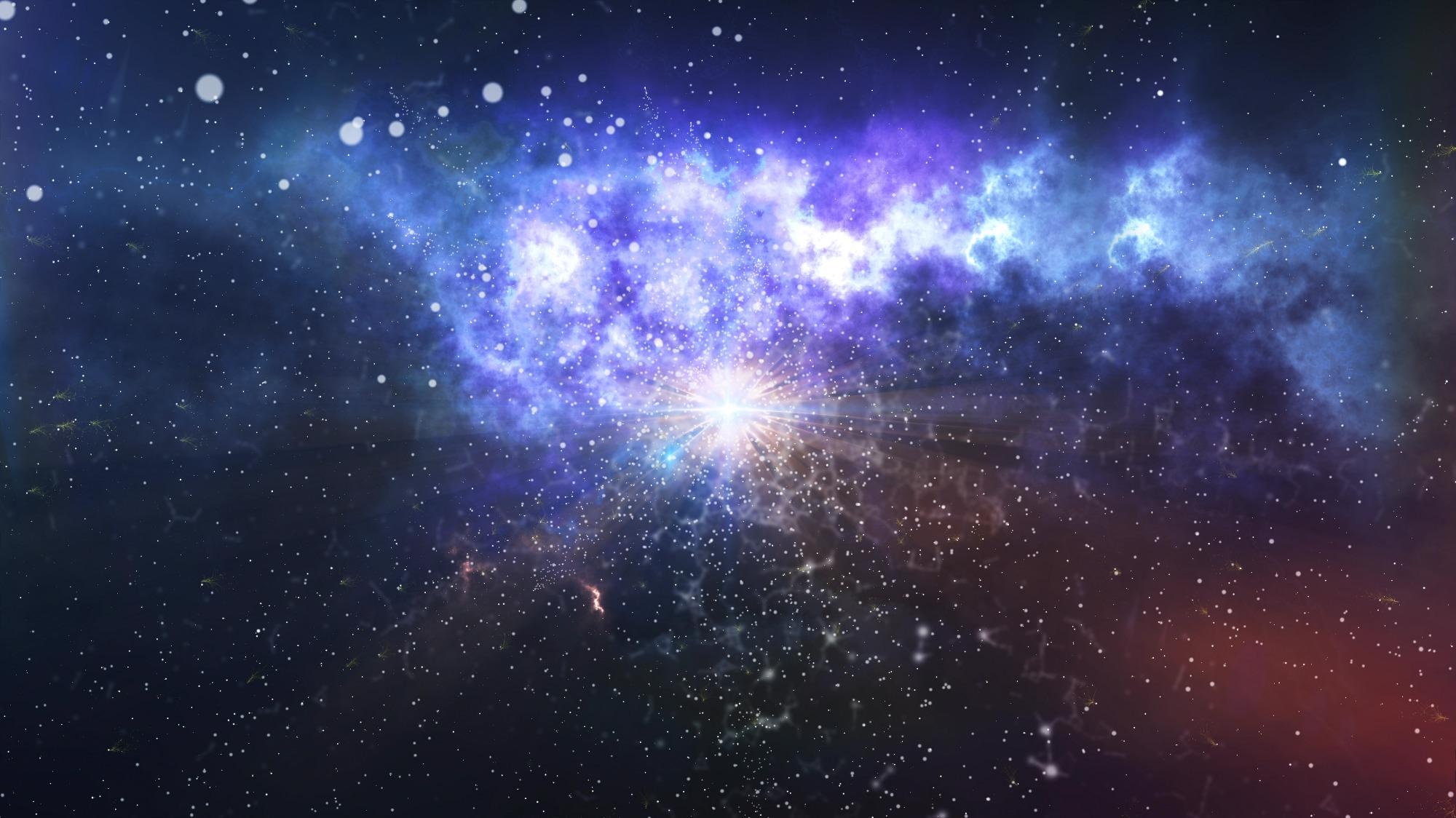Mar 5 2021
One of the most robust pieces of evidence hinting at the existence of dark matter is the observation of galactic rotation curves. Dark matter is a non-baryonic form of matter that constitutes about 85% of the matter in the visible Universe, according to predictions.

Image Credit: klss/shutterstock.com
The foundation for existing evaluations of galactic rotation curves is a framework of Newtonian accounts of gravity.
Published in EPJ C by Gerson Otto Ludwig from the National Institute for Space Research, Brazil, a new study proposes that if a general relativity-based model is used as an alternative, the need to resorting to dark matter is avoided, instead substituting by the effects of gravitomagnetism.
In the study, Ludwig notes that, historically, the key role of dark matter has been to resolve the discrepancy between astrophysical observations and existing theories on gravity.
In simple terms, if baryonic matter — the kind of matter observed everywhere every day and constituting protons, electrons, and neutrons — is the only form of matter, then the gravitational force that prevents galaxies from flying apart should not be adequate.
Ludwig ignores the general relativistic corrections to Newtonian gravity emerging from mass currents and disregards these mass currents. Thus, he confirms that these models also lack crucial modifications to rotational curves — the orbital speeds of gas and visible stars plotted against their radial distance from the center of their galaxy.
This is due to an effect in general relativity — the Lense Thirring effect or frame-dragging—that is absent in Newton’s theory of gravity.
This effect emerges when an enormous rotating object, such as a black hole or star, 'drags' the basic fabric of space-time together with it, thereby causing a gravitomagnetic field.
In this study, Ludwig describes a new model for the rotational curves of galaxies that is in accordance with earlier efforts involving general relativity.
He shows that although the impacts of gravitomagnetic fields are weak, considering them in models eliminates the disparity between theories of gravity and observed rotational curves, thus avoiding the need to consider the dark matter.
However, the theory requires certain development before it can be accepted widely, with Ludwig specifically noting that the time evolution of galaxies modeled using this framework is a complicated problem that will necessitate more in-depth analysis.
In conclusion, Ludwig recommends recalculation of all calculations carried out with thin galactic disk models to date, as well as the questioning of the basic concept of dark matter itself.
Journal Reference:
Ludwig, G O (2021) Galactic rotation curve and dark matter according to gravitomagnetism. The European Physical Journal C. doi.org/10.1140/epjc/s10052-021-08967-3.